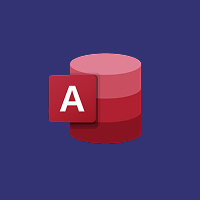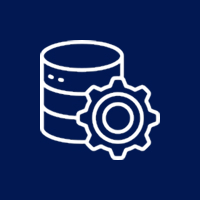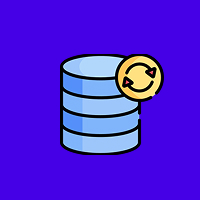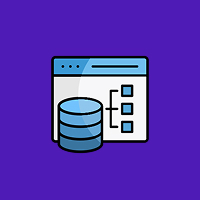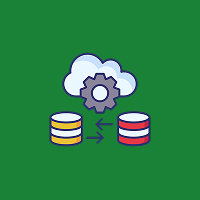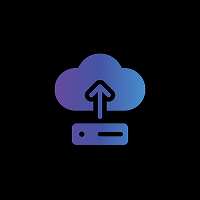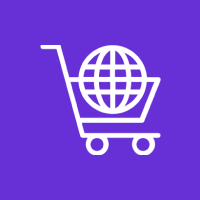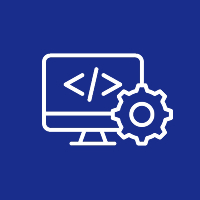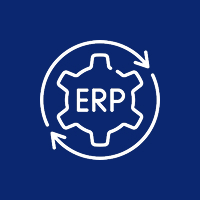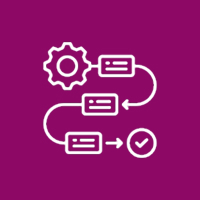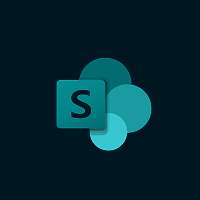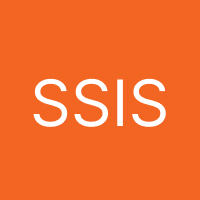In a world that values data, every business is now generating, processing, and storing a tremendous amount of data every single day. Your e-commerce, SaaS application, or mobile backend must be able to sustain current demand, but also be scalable for future growth. When we talk about scalability, we aren’t just talking about the ability to manage a greater volume of data; we are also referring to the ability to maintain responsiveness, fault tolerance, and maintainability at greater demand levels. Your database can stop responding when it is poorly designed, which can all too quickly squash your application growth and the reliability or accuracy of your application! So it makes sense that designing a scalable requirement in your database architectural design is the first thing you do when designing something for long-term, high-availability!
In this guide, we will answer the question “What is a scalable database architecture?“, go through some the fundamentals of designing a database that is scalable, look at some common strategies for scalability, and cover general practices with examples from the real world.
What Is Scalable Database Architecture?
A scalable database architecture is one that can readily accommodate additional data volume and/or user traffic and/or functional complexity without significantly degrading performance, or requiring reengineering of the whole system.
Scalability can be horizontal or vertical:
Vertical Scaling (Scaling Up)
- Involves increasing resources for one server (e.g. more CPU, RAM, or storage).
- This tends to be fast and easy, especially in the early consumption of one’s product offering.
However, vertical scaling has limits (both physical limits, and financial limits) and has a single point of failure.
Horizontal Scaling (Scaling Out)
- Distributes the database over many servers or nodes.
- This provides scale and provides for high availability.
However, there is more complexity and coordination logic to implement (e.g. consistent hashing, or load balancing logic).
For cloud-native applications and systems that we expect to adopt millions of requests/applications, or multiple petabytes of data, horizontal scaling will usually be the preferred option.
Key Principles of Scalable Database Design
1. Modular Architecture
Construct your system as loosely coupled systems (e.g., micro-services or modular monoliths) so that each team has the ability to scale, or evolve, specific components independent of one another in a manner that is effective, efficient, and flexible.
Illustration: A payment service and a product catalog can reside in different databases tuned for their respective workloads.
2. Data Partitioning (Sharding)
Partitioning or sharding is breaking down a large sequestered dataset into several smaller segments that are sequestered to separate machines or databases.
- Horizontal partitioning: splits invocation of rows into different tables or databases.
- Vertical partitioning: separates invocation of columns (e.g., logs or user data in a table).
Sharding is a crucial technique represented in neo-databases with distributed architecture in order to prevent the problem of overburdening a single instance of database utilization.
3. Replication
Database replication is the replication (or replication) of replicated multiple copies of data replicated across servers. It increases the reliability of fault tolerance and performance because we send read requests to the replicas.
- Master-Slave Replication: we would call the database that can be written to master and allow reads to be processed by the replica (read) copies
- Multi-Master Replication: can write to multiple nodes for concurrently executed reads and writes — useful in global applications (requires much more complexity), yet immediate potential availability of versioning your service reliability in Agreement-free Commitment.
Replication is essential for geo-redundancy, disaster recovery, and having high availability.
4. Caching
Caching frequently utilized data can improve read performance instead of always taxing the primary database. Abstract all in-memory data stores by cache for your caches:
- Memcached
- Redis
This is particularly useful for:
- Session management
- Product listings
- Search results
5. Indexing and Query Optimization
Good indexing improves data retrieval time. While not having enough indexes can hurt performance, too many indexes can hurt write performance. You have to find a balance.
- EXPLAIN plans can be used to test and evaluate your queries.
- Never use SELECT *; always limit your SELECT statement to the fields you need.
Introducing composite indexes, covering indexes, and rewriting queries can help with complex scenarios.
6. Load Balancing
You can use load balancers to distribute database queries across multiple servers. This allows for more efficient resource utilization with less wait time.
- You can use a tool like HAProxy or Nginx at the application level.
- Cloud service providers sometimes will offer their own load balancing that is integrated into a database as well.
7. Asynchronous Processing
Move non-value adding tasks or heavier tasks out of your main transactional pipeline. You can use message queues like RabbitMQ, Apache Kafka, or Amazon SQS to offload work like:
- Email notification tasks
- Logging analytics
- Updating inventory
Reducing wait time on the main tasks and increasing throughput for real time tokens.
Selecting the Appropriate Database for Scalable Applications
There are many different databases available. Each one offers a slightly different scaling model:
Relational Databases
- Examples: PostgreSQL, MySQL, MariaDB
- Relational databases are good for applications with strong consistency requirements and structured data.
- They have mature tools and ecosystems.
- Typically better suited for vertical scaling, though vertical and horizontal sharding can be implemented (PostgreSQL with Citus).
NoSQL Databases
- Examples: MongoDB, Cassandra, DynamoDB
- NoSQL databases are explicitly designed for horizontal scaling in mind, allowing true horizontal scaling and high write throughput.
- Schema-less or flexible schemas mean that NoSQL databases can accept many different types of data structures.
- NoSQL databases are great for mobile applications, social application platforms, or Internet of Things (IoT) data.
NewSQL and Cloud-Native Databases
- Examples: Google Spanner, Amazon Aurora, CockroachDB
- NewSQL and Cloud-native databases (a.k.a. cloud-borne databases) take the best of SQL, and combine it with horizontal scalability, big data, and distributed systems concepts.
- NewSQL and Cloud-native databases are excellent for modern applications that need global consistency, high uptime, etc.
Vertical vs. Horizontal Scaling Comparison
| Aspect | Vertical Scaling | Horizontal Scaling |
|---|---|---|
| Implementation | Easier, simpler setup | Complex architecture, more management |
| Performance Ceiling | Limited by hardware | High scalability potential |
| Cost | Becomes expensive quickly | More cost-effective at scale |
| Fault Tolerance | Single point of failure | Redundant and resilient |
| Maintenance | Simple, less overhead | Requires orchestration and automation |
Database Scalability Best Practices
- Design for failure: Expect failover. Leverage redundancy, failover, and automated backups.
- Monitoring and observability: Measure performance metrics with Prometheus, Grafana, New Relic, or Datadog.
- Capacity planning: Regularly monitor usage metrics to approximate when you will need hardware or architecture upgrades.
- Security at scale: Use encryption, role-based access control (RBAC), and audit trails to keep data safe in a large-scale architecture.
- Infrastructure as Code (IaC): Use Terraform, Ansible, or AWS CloudFormation to automate the provisioning and scaling of different databases.
Use Cases
Web Based Ecommerce Platform
- Use separate shards for products, users, and transactions.
- Cache search and browsing data.
- Use microservices to scale payment processing services separately.
SaaS Application
- Use multi-tenant architecture (with tenant isolation).
- Use read replicas for dashboards and analytics.
- Have reliable queries from proper indexing and caching on specific datasets.
Streaming Video Service
- Use NoSQL databases for session tracking and user preferences.
- Keep metadata separate from transactional data.
- Use asynchronous queuing to offload transcoding and analytics jobs.
Conclusion
Creating a scalable database design is not simple—it’s not a one-size-fits-all task. Scalable database design requires planning, knowledge of workload characteristics, and agility to change as your application changes.
From sharding and replication, to query optimization and horizontal scaling, each scalable design technique plays a part in building a reliable and high-performance data layer. By adopting the principles listed above, and constantly monitoring and tweaking, you can create a database architecture that scales well, and at the same time, will be able to withstand pressure.



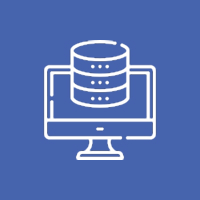









 Database Development
Database Development




